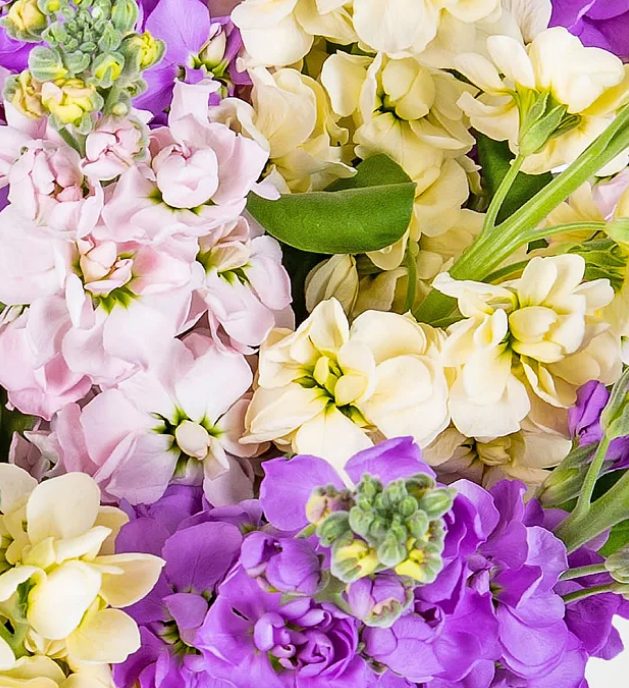
Conservation Efforts for April Flowers
April flowers, with their vibrant colours and delicate beauty, are not only a source of inspiration but also a vital component of our ecosystems. However, many species of April flowers face threats such as habitat loss, climate change, and overexploitation, putting them at risk of decline or extinction. In response to these challenges, conservation efforts are underway to protect and preserve the diversity of April flowers and the ecosystems they inhabit. In this article, we’ll explore some of the conservation initiatives aimed at safeguarding these precious blooms for future generations.
Habitat Restoration
One of the primary conservation strategies for April blooms involves habitat restoration efforts to conserve and enhance their natural habitats. This may include restoring degraded ecosystems, protecting critical habitats from development, and implementing land management practices that promote biodiversity and ecosystem resilience. By restoring and preserving natural habitats, conservationists can create safe havens for April flowers and other native plant species to thrive.
Protected Areas and Reserves
Establishing protected areas and reserves is another important conservation measure for safeguarding April flowers and their habitats. National parks, wildlife refuges, and botanical reserves provide essential protection for vulnerable plant species and their ecosystems, helping to prevent habitat destruction, fragmentation, and degradation. These protected areas also serve as valuable research and monitoring sites for studying April flowers and their responses to environmental changes.
Seed Banking Programs
Seed banking programs play a crucial role in conserving the genetic diversity of April flowers and ensuring their long-term survival. Seed banks collect, store, and catalogue seeds from rare, threatened, and endangered plant species, preserving their genetic material for future conservation and restoration efforts. By maintaining a diverse and comprehensive seed collection, seed banks help safeguard April flowers against the risk of extinction and provide a valuable resource for research, restoration, and reintroduction programs.
Citizen Science and Monitoring
Citizen science initiatives engage volunteers in monitoring and documenting April blooms and their habitats, providing valuable data for conservation efforts. Citizen scientists can participate in surveys, monitoring programs, and habitat restoration projects, helping to track changes in population sizes, distribution patterns, and ecological trends. By involving the public in conservation efforts, citizen science programs raise awareness about the importance of April flowers and empower communities to take action to protect them.
Public Education and Outreach
Public education and outreach programs play a crucial role in raising awareness about the value of April blooms and the importance of conservation. Botanical gardens, nature centres, and conservation organizations offer educational programs, workshops, and interpretive exhibits to inform the public about the ecological significance of April blooms, threats to their survival, and ways to get involved in conservation efforts. By fostering a deeper appreciation for April flowers and their habitats, these initiatives inspire stewardship and collective action to protect them.
In conclusion, conservation efforts are essential for safeguarding the diversity and beauty of April blooms for future generations to enjoy. By restoring habitats, establishing protected areas, preserving genetic diversity, engaging citizen scientists, and raising public awareness, we can work together to ensure that these precious blooms continue to brighten our world for years to come. As we celebrate the arrival of spring and the beauty of April flowers, let us also commit to protecting and preserving them for the benefit of all.
